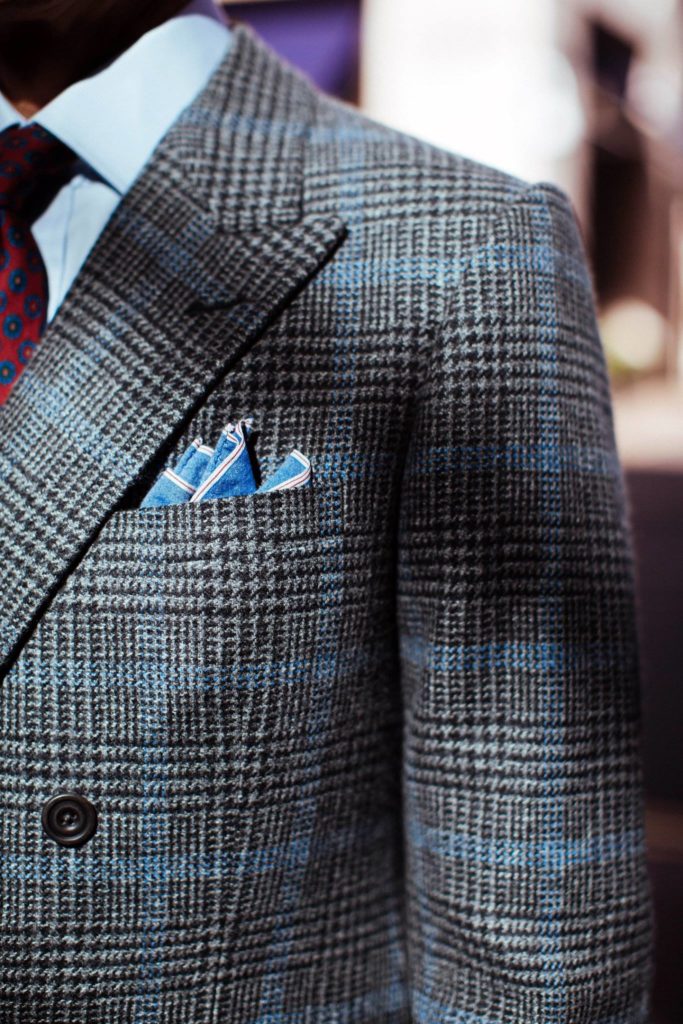Pattern matching in bespoke tailoring and bespoke shirt-making refers to the process of aligning patterns and design details such as stripes, checks and other repeated motifs, across different sections of the garment.
This website uses cookies so that we can provide you with the best user experience possible. Cookie information is stored in your browser and performs functions such as recognising you when you return to our website and helping our team to understand which sections of the website you find most interesting and useful.






